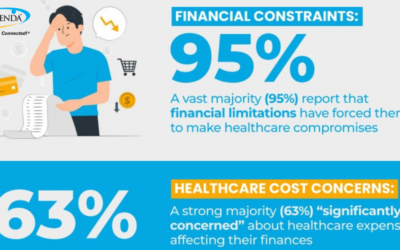According to the Pew Research Center, 59 percent of adults over the age of 65 use the internet regularly and 47 percent of them have a high-speed broadband connection at home. While the number of older adults who are enjoying their time online is certainly encouraging, there is still a sizable proportion who are missing out on the benefits of technology.
So what has created this divide between users and non-users of technology? Here are a few factors to consider:
Desire to be social
Once older adults decide to use digital technology, they tend to go online nearly every day. Internet users are more likely than non-users to think that folks not logging in every day are missing out on something. They also tend to say that being online helps them make meaningful social connections.
Education
Having a college degree seems to have a major influence on whether or not an older adult is an active user of technology. The Pew study found that of adults over the age of 65 with at least a bachelor's degree, 87 percent use the internet regularly and 76 percent have a broadband connection. It's possible that these individuals continue their desire to learn by exploring what new software has to offer.
Income
Computers, tablets, smartphones and internet access all cost money, and it's possible that low-income individuals have prioritized other items over the ability to be online. In a poll conducted by the National Council on Aging, the majority of Americans over the age of 60 say that technology is important for staying connected with loved ones, but also find the costs of buying a device to be too prohibitive.
Openness vs. skepticism
Multiple studies suggest that a sizable number of older adults (around a third) who are not online are deeply skeptical about the benefits of technology. Many say that they do not think they are missing out on any important information.
Physical ability
The small buttons and icons on smartphones can be difficult for older adults to manipulate and see. Typing on a keyboard is also hard for individuals who have joint issues. Many modern technological devices require users to use complex fine motor skills. Older adults with physical disabilities are less likely to own digital devices than individuals who are in better physical health.
The above points may explain why some older adults have not incorporated more technology into their lives, but that in no way means that there is no solution for them. Many seniors are eager to embrace technology, but may require basic instruction and demonstration. The devices that they use should also be designed to meet the physical limitations that older adults face. Managed care organizations can also make technological solutions more affordable and a standard part of their services.
Indpenda's technology-enabled independent senior living solutions offer something that many other digital devices and software solutions cannot. By using an LG television, older adults can easily chat with loved ones or surf the web — no extensive training is required! To schedule a demo, contact us through our online form.




